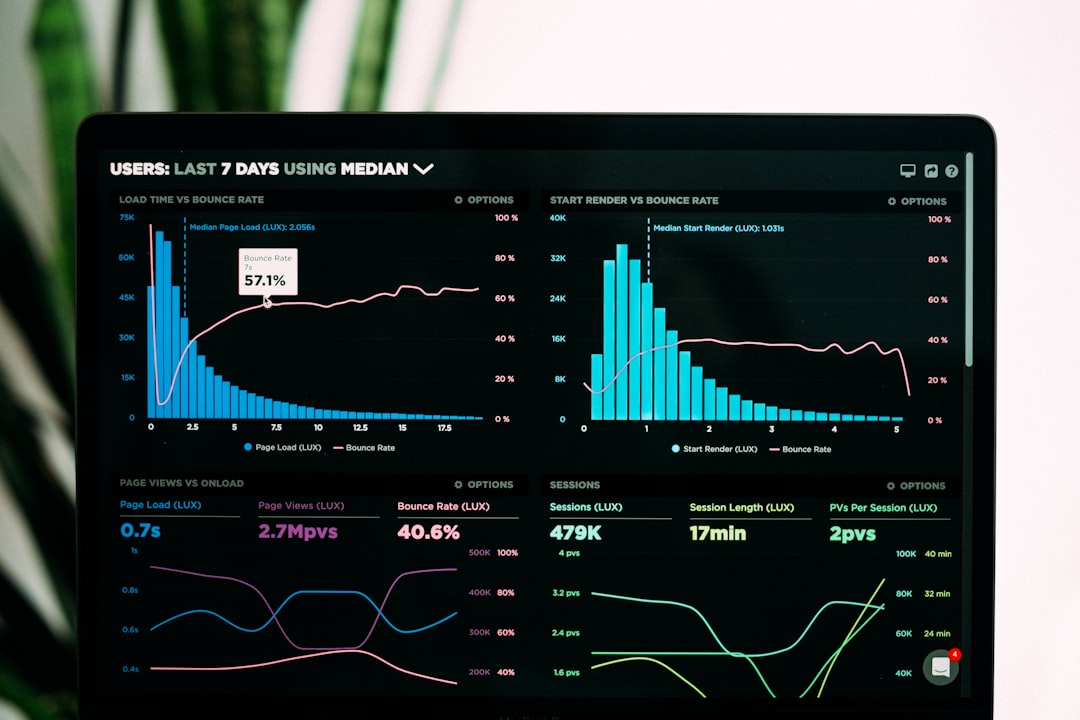Any fast-scaling SaaS business is only as efficient as its tooling infrastructure – customer support platforms top that list. I’ve long relied on Zendesk’s robust API and reliability guarantees. So when we suddenly found our ticket workflows halting, agents overwhelmed, and API responses throttled, what at first seemed like a temporary glitch turned into a days-long ordeal. This is the story of how Zendesk accidentally downgraded our plan, how that changed everything, and how persistent escalation within their SLA policies eventually restored full capacity.
TL;DR
Zendesk unexpectedly downgraded our enterprise support plan, severely limiting access to key API endpoints and throttling our ticket processing capabilities without notification. Despite our outreach, initial responses lacked urgency until we escalated through formal SLA breach processes. This article outlines how the downgrade happened, the impact it had, and the steps we took to regain functionality. If you use Zendesk at scale, this is a cautionary tale worth reading.
The Calm Before the Incident
We’ve been a Zendesk customer for over three years. Our support operation is highly automated and integrated into Zendesk APIs — especially the tickets, search, and users endpoints — with multiple backend services relying on consistent data pull/push for triage, sentiment analysis, and customer segmentation.
Operating on the Suite Enterprise plan, we were entitled to high API call rates, priority uptime support, and extended historical search capabilities. Regular API usage hovered comfortably below our thresholds, and errors or throttling incidents were virtually nonexistent.
The Sudden Onset: Throttling Begins
Mid-week, without any deployment or integration change from our side, our ops team noticed unusual spikes in job queue failures. Digging into the logs revealed a pattern: consistent 429 Too Many Requests responses from Zendesk’s API. System monitoring showed:
- API request success dropped from 99.8% to 72% within hours
- Tickets per minute creation rate dropped by ~60%
- Dashboard-integrated analytics began timing out
Support agents were manually compensating for system outages. It was more than an inconvenience – our SLA targets to our own customers were at risk. We initiated contact with Zendesk support, confident the issue would be resolved quickly.

First-Level Responses: Confusion and Frustration
Within a few hours, we received a response suggesting the issue was likely integration-related on our side and recommending we reduce concurrent API calls. We pushed back, showing logs, rate distribution, and volume history that demonstrated there had been no spike in usage. What we discovered after further probing their response:
- Our account had been downgraded from Suite Enterprise to the Support Professional plan
- The downgrade triggered API throttling limits consistent with a much lower-tier plan
- No email or admin panel notification was issued at the time of downgrade
When questioned directly about the downgrade, the support agent confirmed: “Yes, it appears your account is currently on the Professional tier. We are unsure why this change occurred, but the current limitations you’re experiencing match the plan behavior.” This was a turning point.
The Hidden Downgrade: No Notification, No Consent
We immediately checked admin billing settings and noticed the change reflected there — yet our billing history didn’t show a refund, and our last invoice still referenced Enterprise-level pricing. The change had, effectively, put our operations into a chokehold, and nobody at Zendesk had contacted us about it.
Worse, the difference in plans didn’t just reduce limits — it completely changed available features. Our historical ticket search integrations began failing, triggering additional cascading service failures across QA and analytics tooling.

Escalation Through SLA-Backed Channels
Understanding the SLA framework Zendesk offers under the Enterprise plan, we documented:
- Impact assessment – ticket failures, revenue exposure, agent productivity
- A detailed timeline of symptoms, Zendesk communication, and delays
- Evidence proving we were still being billed as Enterprise at the time of the downgrade
We then formally requested priority escalation under provisions that state Zendesk must acknowledge critical service impacts on Enterprise accounts within 1 hour and provide resolution progress milestones.
Only after invoking the escalation process through a customer success manager were we elevated to Tier 3 engineering. Log reviews on their side confirmed: an internal system error during backend billing synchronization had caused an auto-downgrade flag to trigger on our account profile, despite no billing lapse or customer action.
Restoration and Reflection
Roughly 36 hours after our formal escalation, service tier restoration occurred. Along with it, our API rate limits returned to full capacity, and application-level errors began to subside shortly thereafter. Zendesk applied an account credit and acknowledged failure to notify or properly monitor the downgrade.
More importantly, they issued a postmortem that included the following commitments:
- Proactive notification systems for critical tier changes (email + admin banner)
- New rollback processes when accidental downgrades are identified
- Cross-functional flag reviews when API anomaly spikes occur
While we appreciated the resolution, the downstream impact was significant and avoidable.
Takeaways for Other Teams
If your organization uses Zendesk at scale, here’s what you can do proactively:
- Baseline ALL Zendesk limits your plan entitles you to – document these internally
- Monitor 429 errors closely and alert if they spike unexpectedly
- Check your plan and tier regularly — don’t rely on Zendesk to notify you of changes
- Keep an escalation script handy that references their SLA timelines and response guarantees
- Foster relationships with customer success teams before there’s a crisis
Conclusion
Zendesk, like any platform, is not immune to error. But when an incident results in the erosion of contractual entitlements, transparency and a defined escalation path are critical. The burden is still on the customer to prove their case quickly, using documentation, logs, and precise communication.
For us, the restoration of full service followed days of disrupted workflows — but it was also a wake-up call to never assume things are stable just because they were yesterday. Monitoring, documenting features per plan, and building escalation muscle memory can make the difference between hours of downtime and days of operational paralysis.
Zendesk remains a powerful tool — but one we now treat as a system that demands vigilance.
